In this article, we’ll cover two key approaches to LinkedIn lead generation, discuss why LinkedIn stands out as the top platform for lead gen, and provide practical tips for maximizing lead generation success on LinkedIn in 2024.
Two Main Approaches to LinkedIn Lead Generation
When it comes to LinkedIn lead generation, there are two primary approaches that most people consider.
The first approach typically involves leveraging a LinkedIn personal profile, often utilizing Sales Navigator search groups to identify potential leads (build the list). Then, individuals reach out via cold messaging to those who seem like a good fit but haven’t shown explicit interest yet. This traditional method is what often comes to mind when people think of lead generation on LinkedIn and focuses more on top-of-funnel cold prospecting.
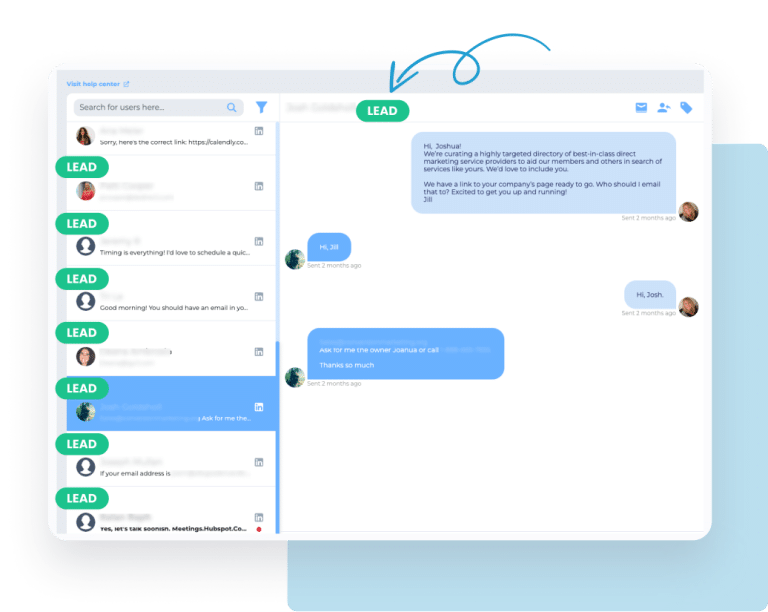
The second approach involves utilizing LinkedIn ads to run lead-generation ads that leverage paid spend, LinkedIn ads targeting, and native LinkedIn lead generation forms. This is a popular choice for many companies using LinkedIn ads, as it provides a structured way to capture leads directly through the platform and attribution is much cleaner this way as well.
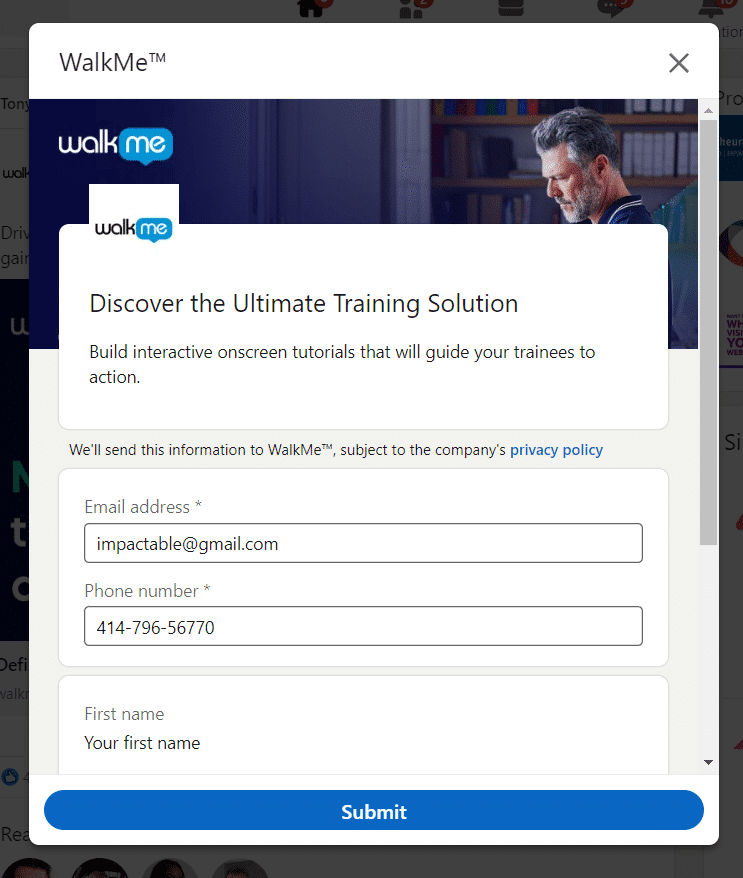
For context, our original agency, Link&Learn, was founded primarily focusing on LinkedIn lead generation. We specialized in conducting cold outreach from personal accounts as part of our core offering and did it successfully and at scale for hundreds of clients. There is merit in this approach, but my view and the way I’d leverage this now has evolved.
Why LinkedIn is the best platform for lead generation
Let’s dive into why LinkedIn stands out as the top platform for lead generation. Here are a few reasons:
1. Exceptional Targeting Capabilities of LinkedIn
LinkedIn offers unparalleled targeting options, whether you’re utilizing Sales Navigator from a personal account or leveraging the filters available through LinkedIn ads from an ad account. Unlike other platforms, LinkedIn’s targeting filters enable precise segmentation.
While platforms like Paid Search allow you to reach specific search traffic, they cannot qualify the actual individual behind the search. Similarly, on Meta, you can target users based on interests or pages they follow, relying on algorithms to find prospects. However, LinkedIn’s targeting filters allow for laser-like precision. You can narrow down your audience to specific industries, company sizes, job titles, seniorities, and functions within organizations. This level of targeting ensures that your efforts are focused on qualified prospects who are most likely to be a good fit for your offerings.
2. Mentality of the LinkedIn Users vs Others
Another reason LinkedIn is favored for lead generation is the platform’s mentality. Unlike other social networks used for leisure and entertainment, LinkedIn users login to the platform with a professional mindset.
Founders, owners, and COOs regularly log in seeking insights into industry trends, competitive strategies, and emerging technologies. They are receptive to learning and being influenced in their B2B purchasing decisions.
This mindset creates a perfect environment for businesses offering B2B solutions to engage with potential leads effectively. If you have a solution to a B2B problem, LinkedIn provides a great opportunity to connect with individuals actively seeking solutions and ready to engage.
LinkedIn Lead Gen Tactics for 2024
1. Personal outreach on Linkedin
Let’s start with personal outreach. The effectiveness of LinkedIn outreach from a personal account is akin to the success of email marketing—it’s a one-to-one interaction that feels personal. LinkedIn offers an advantage because the outreach is conducted from a personal profile, adding a human touch that emails often lack.
In 2024, however, the landscape looks different compared to when our agency initially launched with this approach. A few years ago, you could send up to 100 connection requests per day, allowing for a high-volume approach. Thousands of connection requests and messages could be sent monthly, resulting in personalized interactions at scale. It was even more effective than email marketing.
However, LinkedIn implemented significant regulatory changes, reducing the daily connection request limit to 100 per week. This shift drastically altered the dynamics of LinkedIn lead generation. With a limited number of outreach opportunities, a more selective approach became necessary.
In 2024, I no longer recommend focusing solely on top-of-the-funnel activities. Instead of pursuing net new prospects who are unfamiliar with your brand, it’s important to focus on nurturing and converting existing leads. This means shifting the lead generation strategy towards leveraging first-party data, such as identifying website visitors through tools like DemandSense (our Demand Generation Platform).
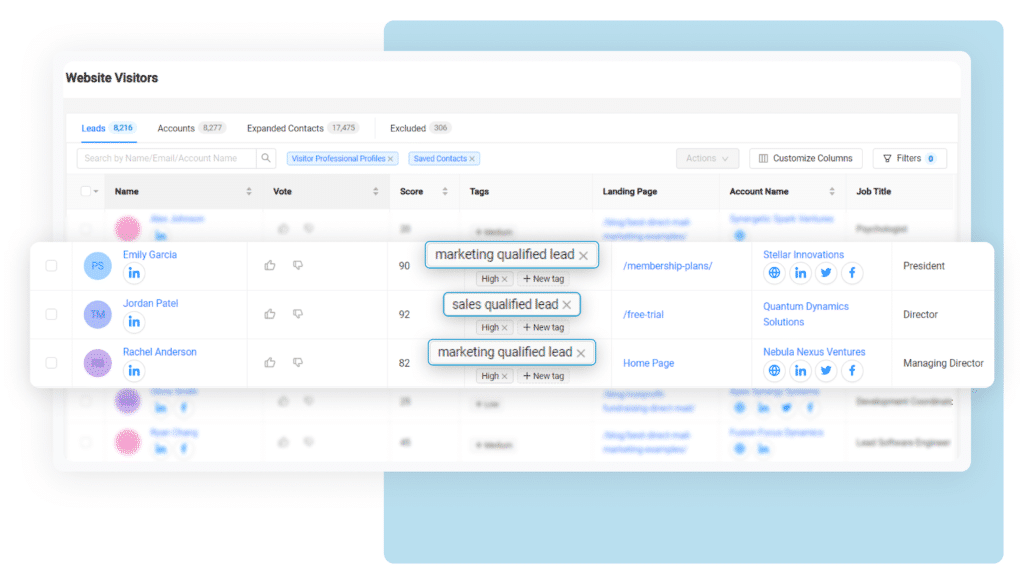
Rather than casting a wide net, we now concentrate on engaging with individuals who have already shown interest in our offerings. This could include people who have interacted with our website, filled out forms, or booked calls with our team. By personally reaching out to these warm leads on LinkedIn, we can make a more significant impact than targeting cold prospects.
Additionally, we prioritize connecting with individuals already in our pipeline. After they have engaged with our website or booked a call, we initiate a personalized outreach to introduce ourselves and establish a connection on LinkedIn. This personal touch not only reinforces their familiarity with our brand but also enhances our ability to nurture and convert them.
2. LinkedIn lead gen ads
The approach to LinkedIn lead gen ads follows a similar philosophy. Previously, companies would invest tens of thousands of dollars in creating targeted LinkedIn cold filters and deploying lead generation forms to capture hundreds of leads. However, the data and my experience have shown that leads generated through this method—those who have never visited your website or company page—often lack awareness of your brand, products, or services.
Consequently, these lead gen form submissions tend to be relatively weak. Sales teams expend considerable effort chasing them down, only to find that they are either in the early stages of their buying journey or not genuinely interested in making a purchase; they may have simply sought out a checklist or resource without genuine intent.
In 2024, the approach to LinkedIn lead generation ads remains the same. I advocate for a significant shift: transitioning from cold campaigns to retargeting. Instead of targeting prospects who have not interacted with your brand, wait until they have visited your website or company page, engaged with ads, or watched videos in your cold layer. Then, target them with your LinkedIn lead generation ads. This change results in leads of significantly higher quality and creates a smoother process for your sales team.
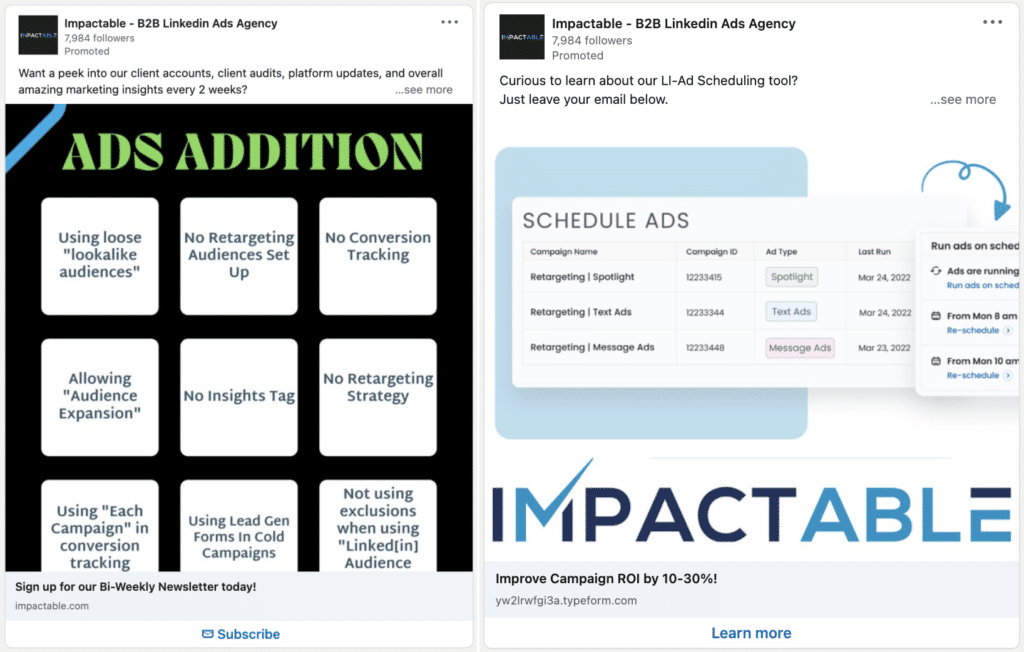
Best Practices for LinkedIn Lead Generation in 2024
1. Use LinkedIn thought leader ads
In recent months, LinkedIn has introduced thought leader ads, bridging the gap between personal LinkedIn accounts and ad accounts. This feature allows users to post content from their personal profiles and then boost it with ad spend from their ad accounts.
Here’s how it works: Let’s say you’re conducting LinkedIn lead generation. You’re sending connection requests to warm, relevant prospects, introducing yourself, and nurturing conversations. Simultaneously, you’re posting valuable thought leader content on your profile to engage and build trust with your network. Now, with thought leader ads, you can take it a step further. You can post content on your personal profile and then use your ad account to amplify it, ensuring targeted distribution to your warm prospects.
This approach combines the best of both worlds: running LinkedIn lead gen ads, conducting personal outreach, and amplifying your content from your personal profile with targeted ad spend. It’s a powerful combination that maximizes your reach and engagement.
2. Messaging is key
One crucial aspect to consider in both scenarios is the messaging itself. Whether it’s the initial message sent to a warm prospect from your LinkedIn profile or the content and messaging used in LinkedIn lead generation ads, the quality of your message matters.
Simply bombarding prospects with generic sales pitches or offering superficial resources won’t cut it when it comes to building trust and converting leads. It’s essential to craft messages that resonate with your audience, providing value and addressing their needs in a meaningful way.
For example, embracing a social selling approach and sharing relevant content to start a buyer-centric conversation can result in up to a 5x higher reply rate. Simply because your buyers see that you care.
3. Establish yourself as an authority
One effective strategy is to position yourself as an expert or subject matter expert within your industry. The content and messaging that tend to resonate most are those that showcase your expertise and demonstrate your credibility to your prospects.
Highlighting third-party validation can be particularly impactful. This could include features as a guest on podcasts, speaking engagements, awards, or client testimonial videos. Incorporating these elements into your ads and content, both on a personal level and through thought leader ads, can significantly enhance your LinkedIn lead-generation efforts.
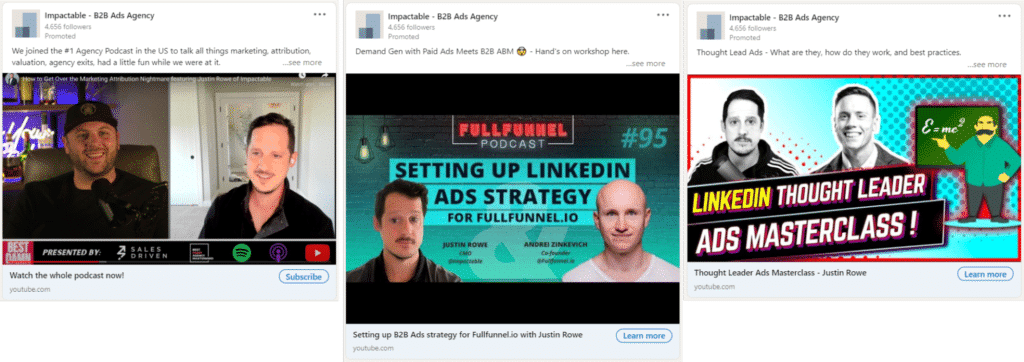
4. Combining lead gen and demand gen
When it comes to LinkedIn lead generation, there’s a significant trend towards incorporating demand generation strategies. It’s crucial to strike a balance; it’s not an either-or scenario. It’s not just about LinkedIn lead generation or demand generation; rather, you need both.
The concept revolves around first generating demand. This involves demonstrating the need and raising awareness about the challenges and potential solutions you offer. Subsequently, you require a lead generation strategy to capture the existing market demand or the demand generated through demand generation efforts.
Regardless of the approach, lead generation shouldn’t be overly transactional. It’s important to prioritize providing value and positioning yourself as an expert resource, rather than bombarding prospects with sales pitches.
Measuring the success of LinkedIn lead generation
Traditionally, measuring the success of LinkedIn lead generation boiled down to sheer quantity – the more leads, the better. It was all about maximizing lead generation while minimizing costs. However, in 2024, my perspective is shifting towards prioritizing quality over quantity.
Instead of solely focusing on lead volume, it’s essential to delve deeper into the pipeline. We need to assess:
- Lead Quality: Are the leads generated of high quality?
- Call Attendance Rate: How many leads actually show up for scheduled calls?
- Conversion Rate: What percentage of those who booked calls ultimately convert to revenue?
- Deal Size: What are the sizes of the deals closed by these prospects?
By examining these metrics further down the funnel, we begin to realize that not all leads are equal. Merely chasing the cheapest leads can lead to low-quality prospects that don’t convert effectively or generate significant revenue.
Conclusion
In conclusion, mastering LinkedIn lead generation in 2024 entails a strategic blend of personalized outreach, targeted advertising, and expert positioning. By prioritizing nurturing warm leads, delivering genuine value, and focusing on metrics beyond lead quantity, your business can achieve sustainable growth and long-term success on the platform.


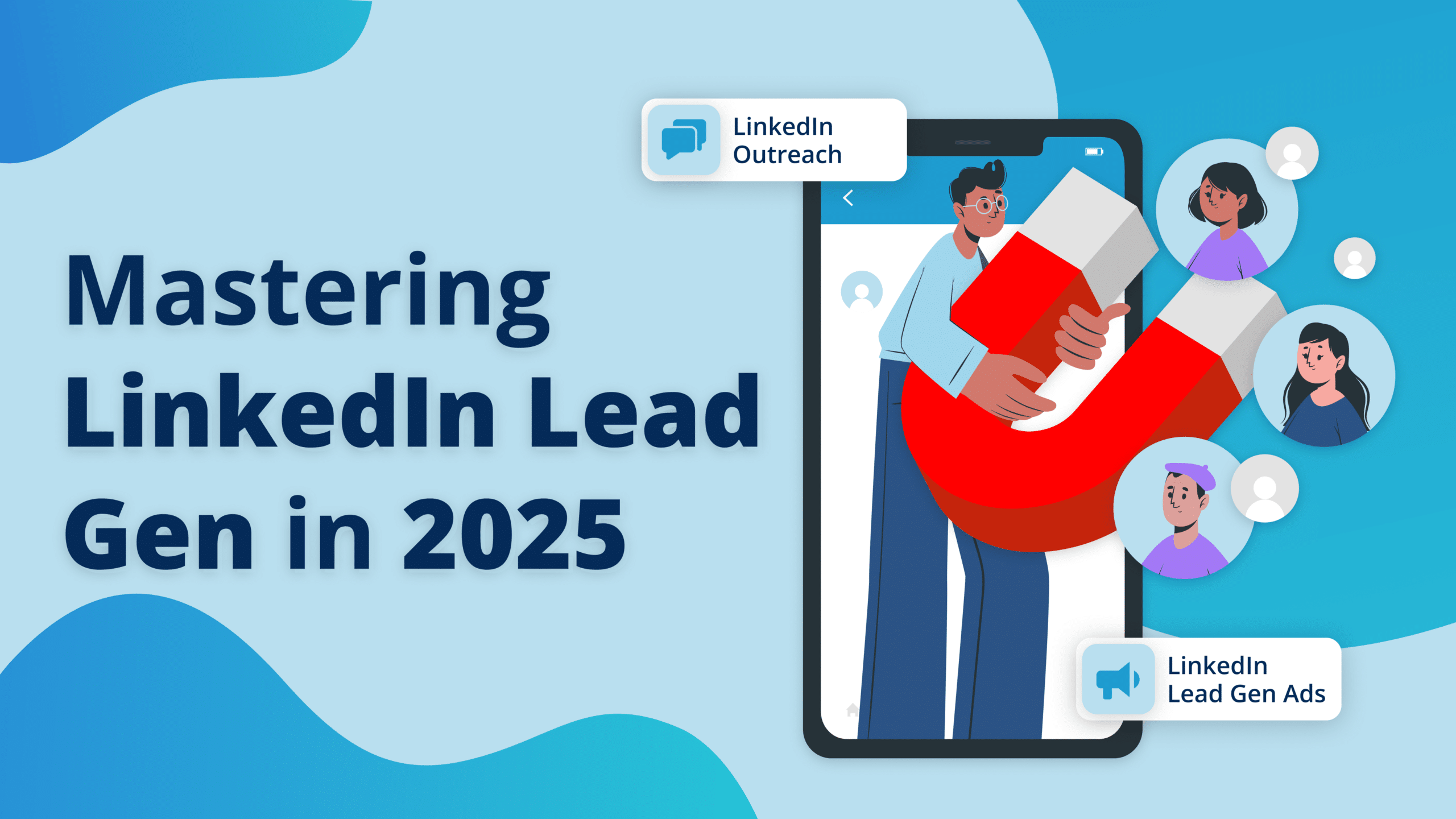

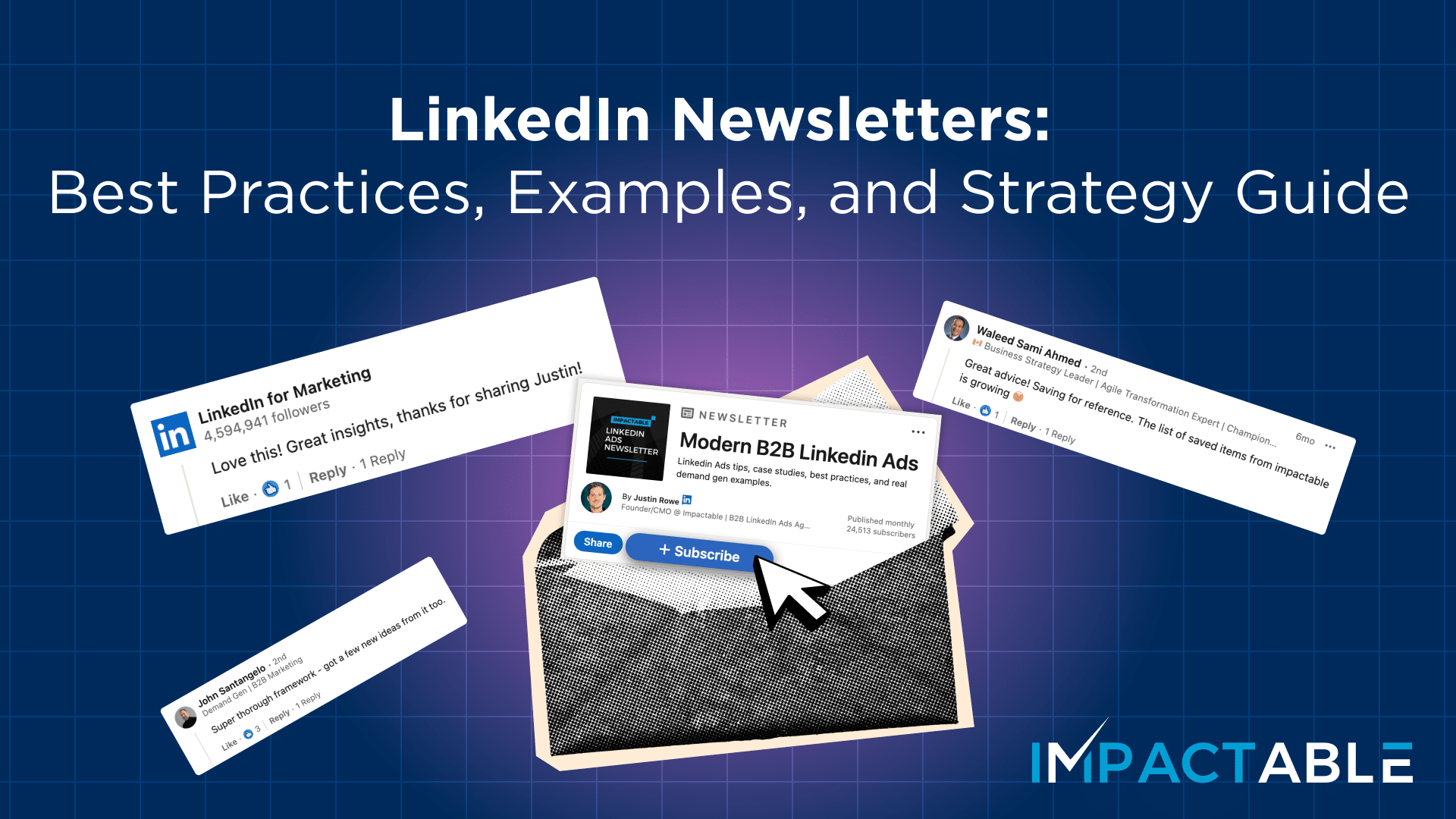
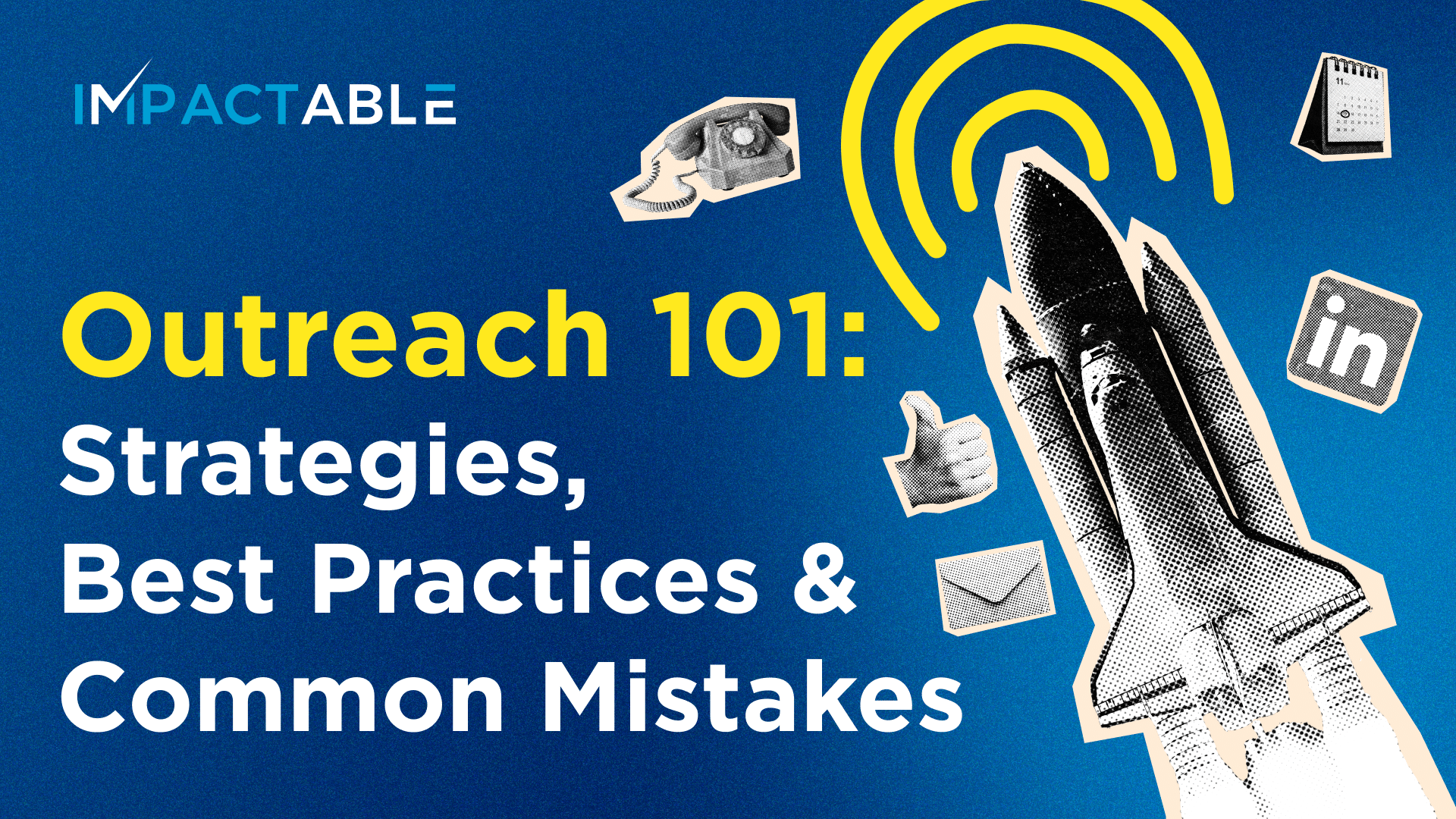
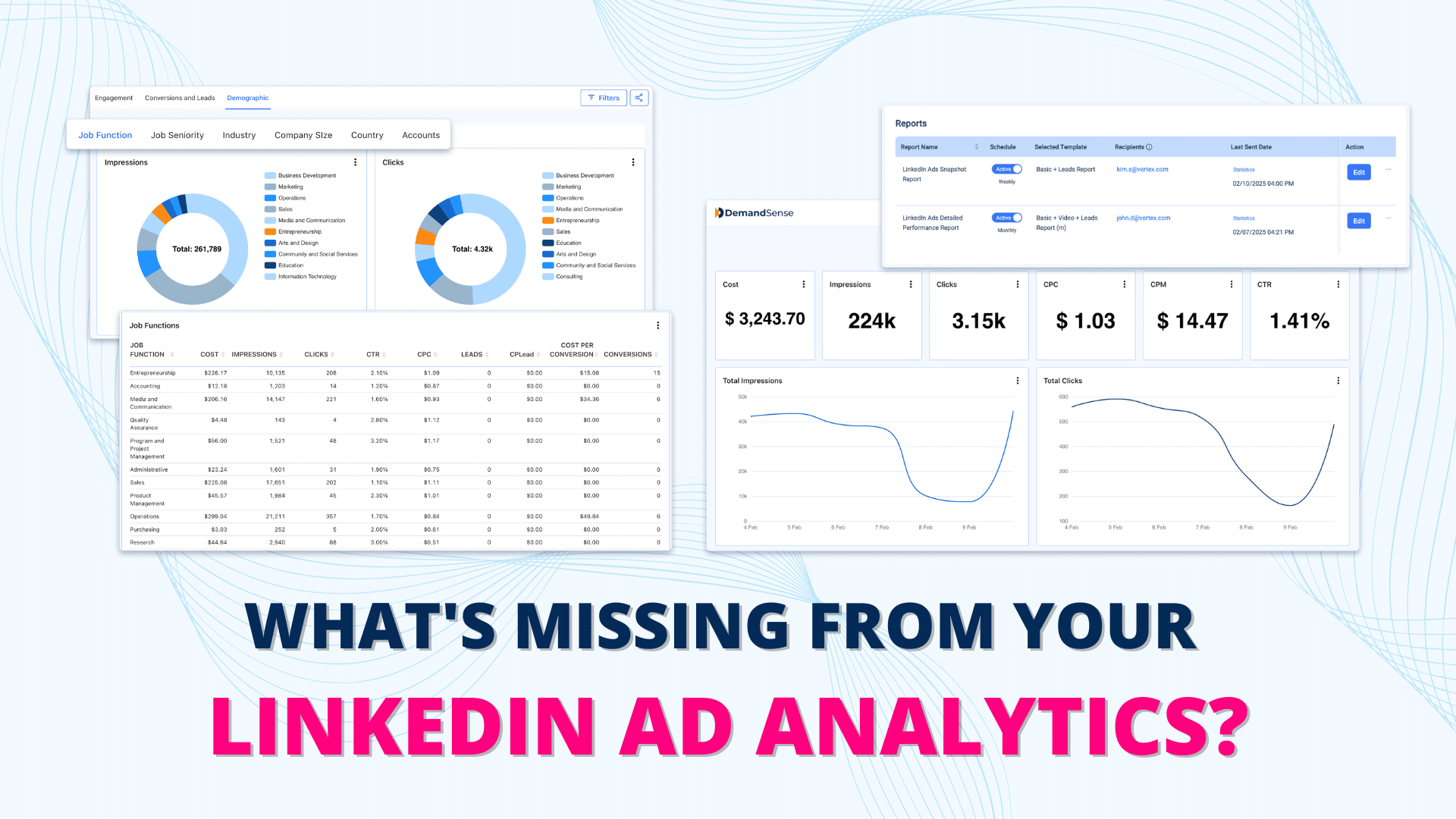

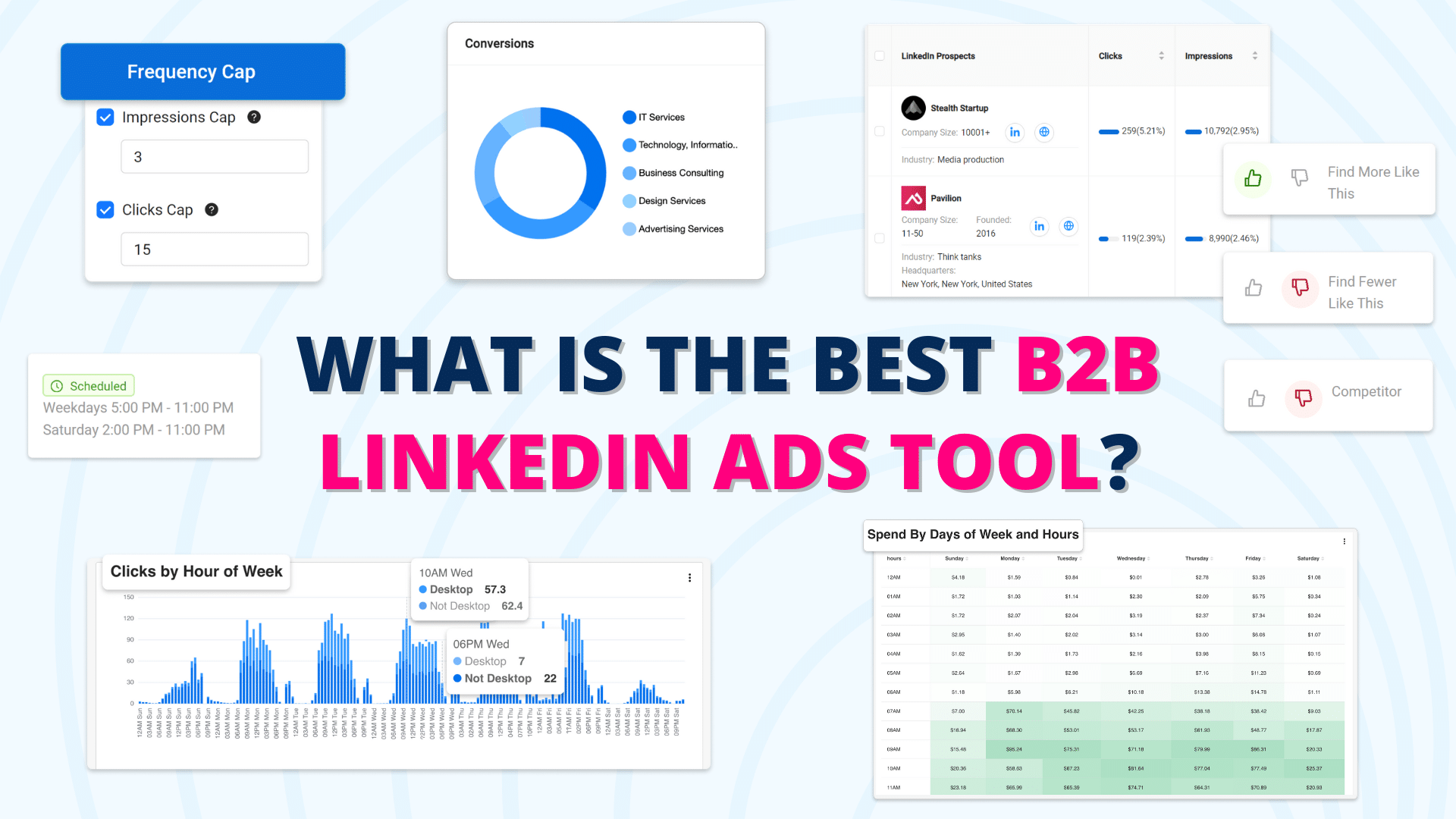
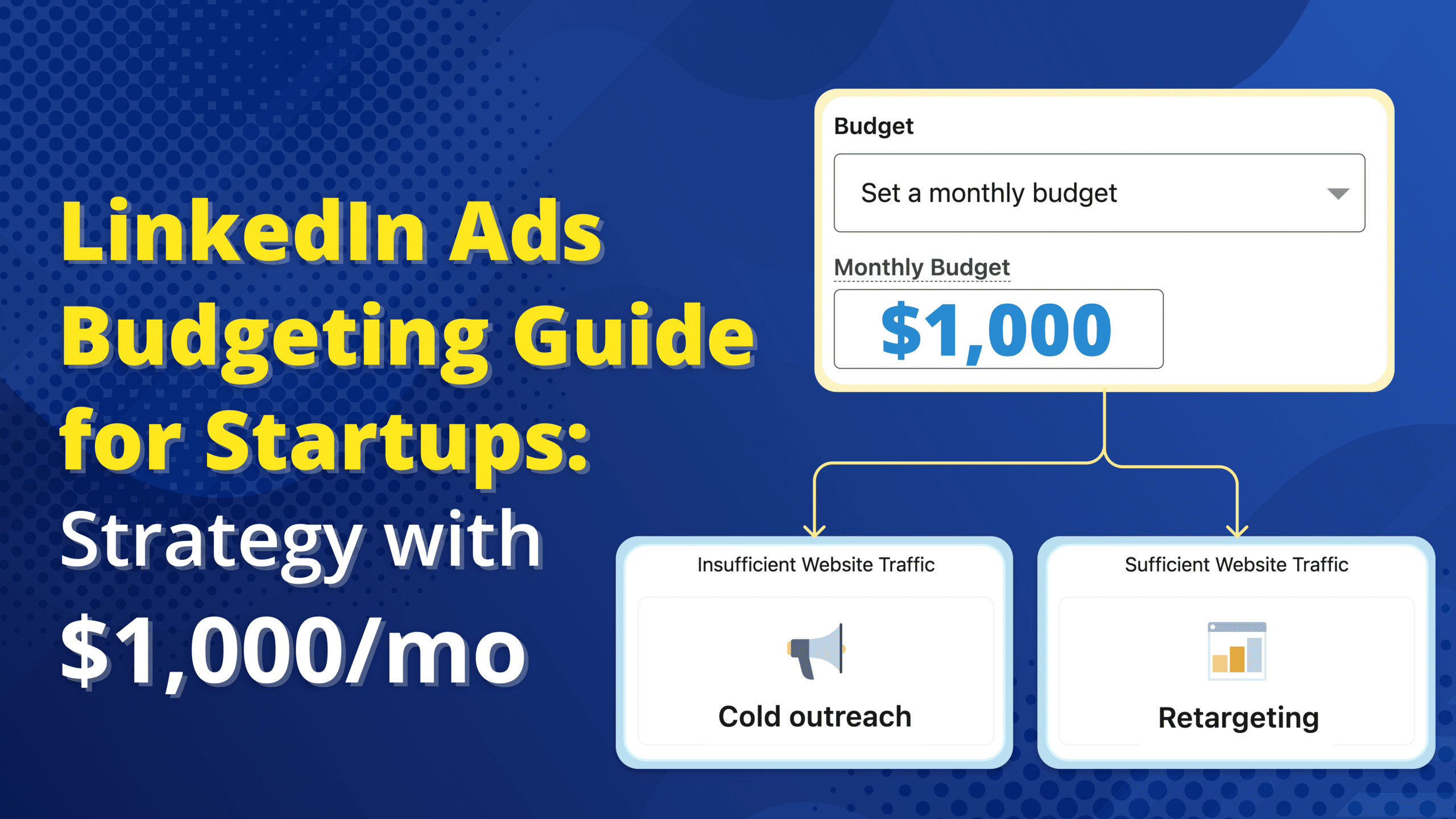
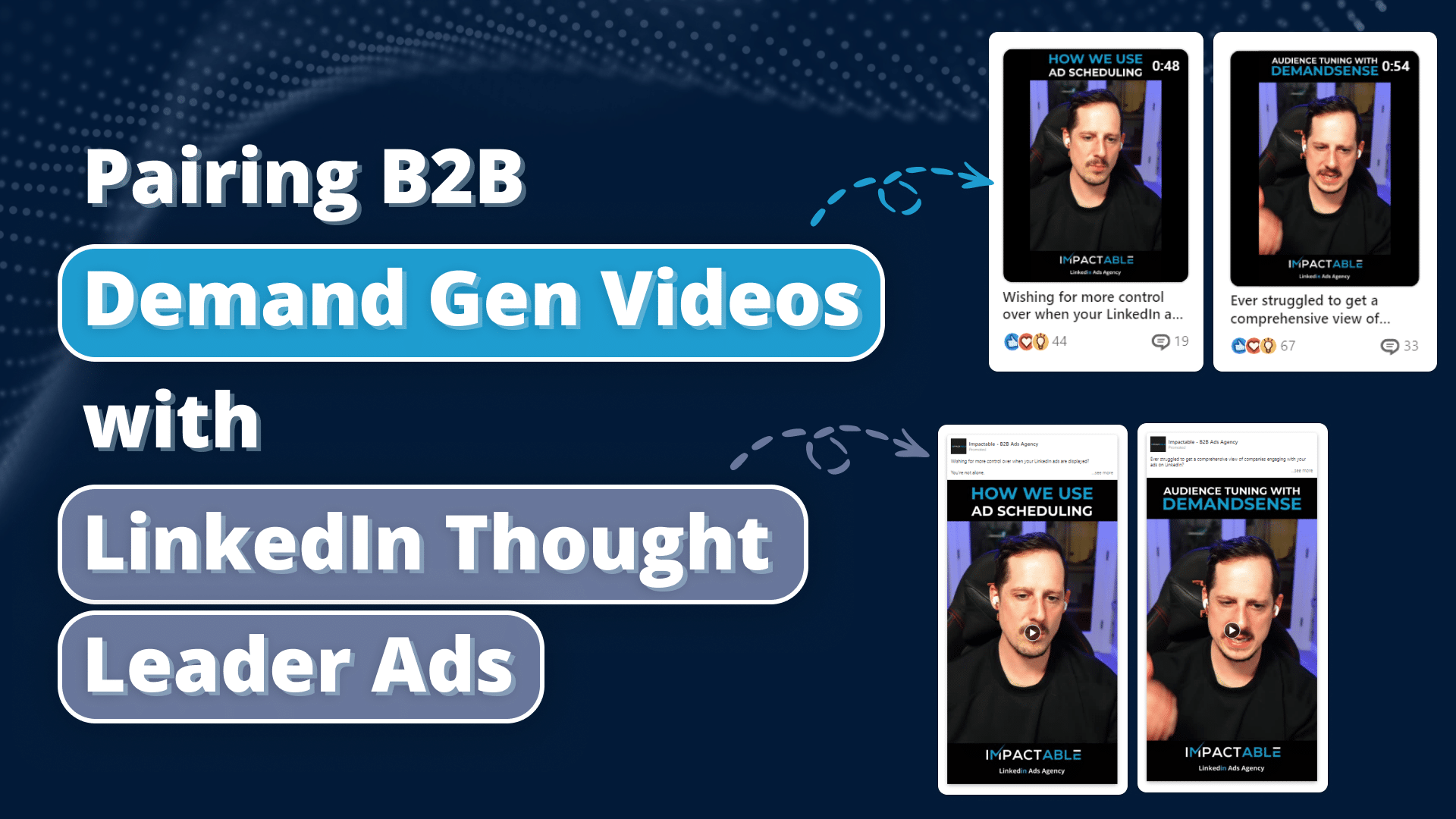

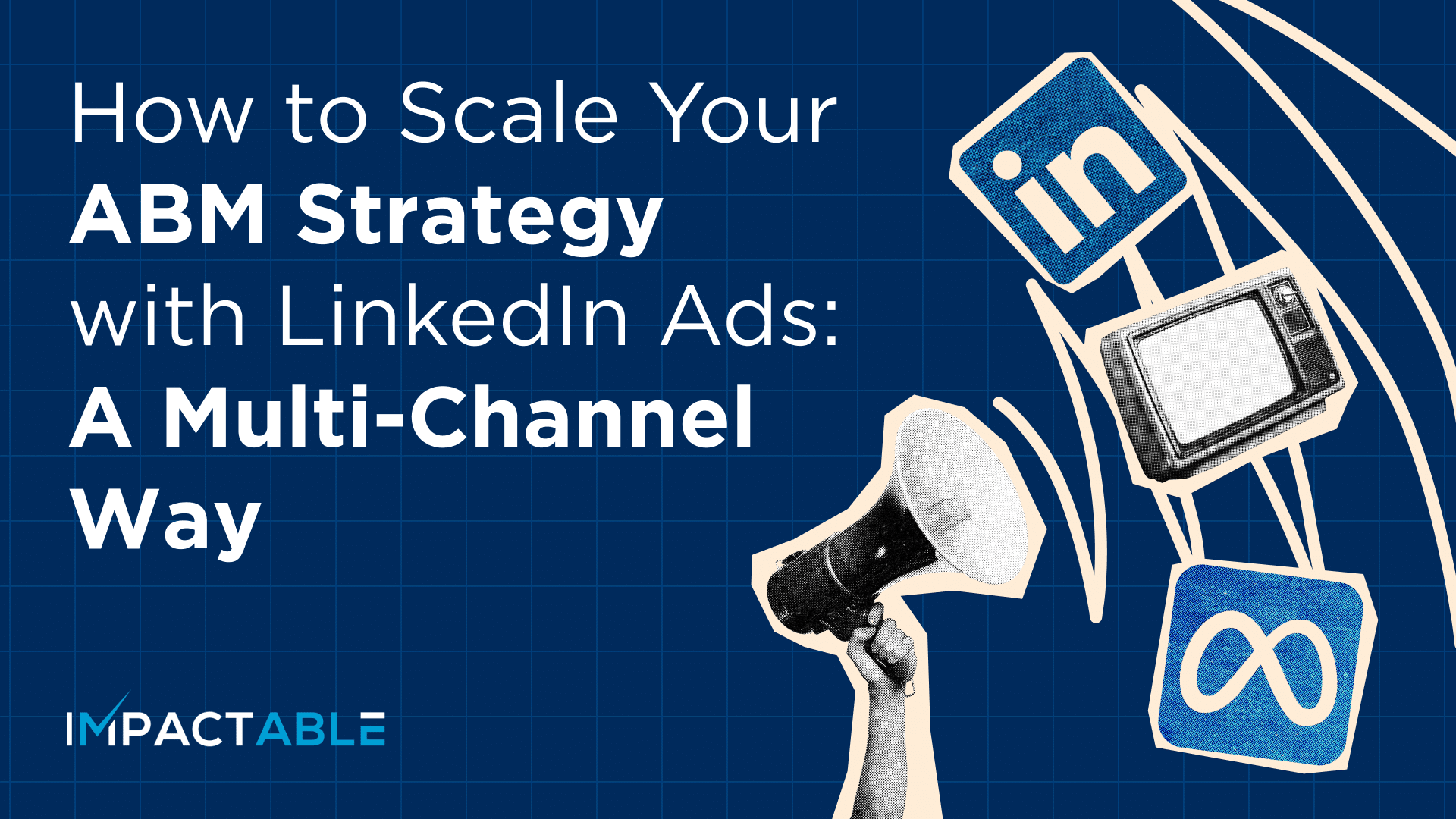
One Response
Thank you for sharing this insightful Blog. The tips provided are practical and easy to implement.